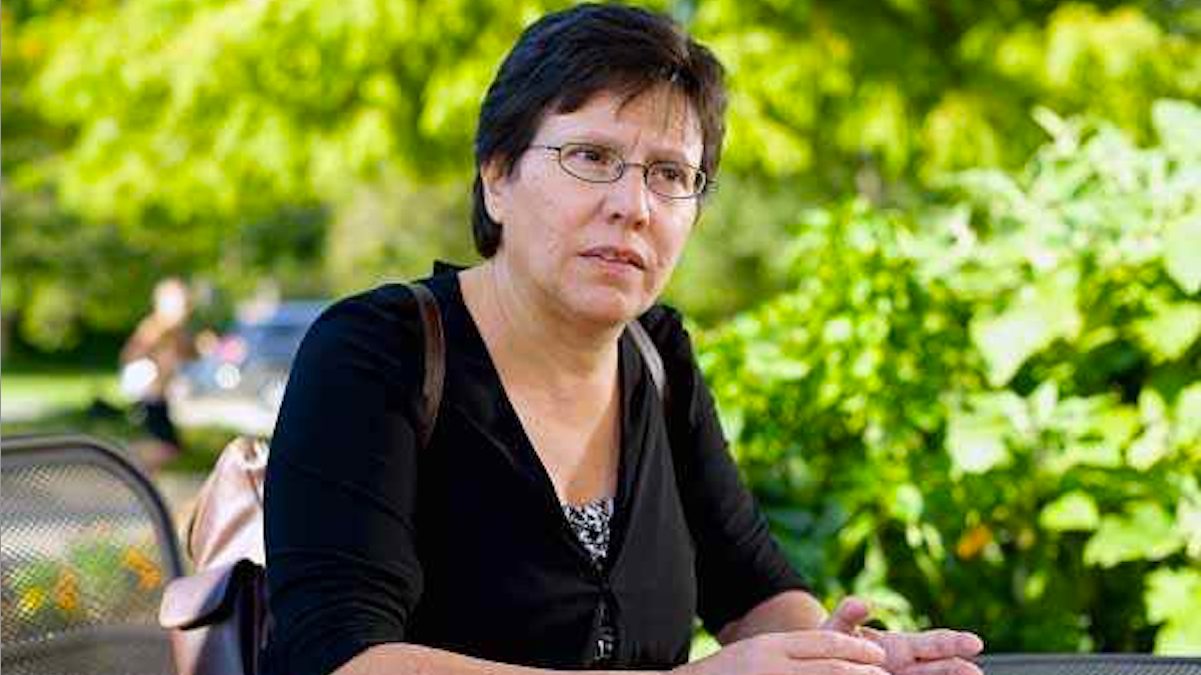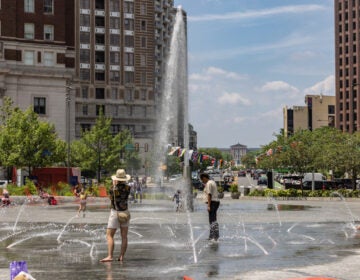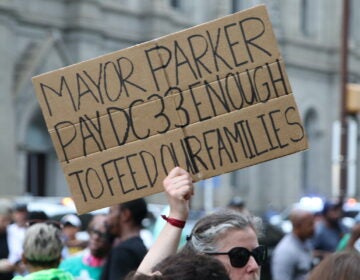State rep’s civic-group ‘blueprint’ goes public in Northwest Philadelphia

In August, state Rep. DeLissio launched a blueprint to connect civic associations. That plan is now public. (Bas Slabbers/for NewsWorks, file)
After months of work, a plan to enhance the impact of local civic associations is now public.
In August, state Rep. Pam DeLissio (D-Phila./Montgomery) shared details with NewsWorks about what’s known unofficially as “the blueprint,” which is her proposal to attract new members and enhance communication among the dozen-plus civic associations in the 194th Legislative District.
Earlier this month, the findings were discussed at a meeting between DeLissio, her staff and civic-group leaders from across her district, which includes Roxborough, Manayunk and sections of West Philadelphia and Montgomery County.
“Civic activism is so important,” said DeLissio to the civic leadership. “You’re the central group for maintaining the quality of life in the neighborhoods.”
Getting the online word out
While much of the blueprint deals with fine-tuning exisiting elements of organizational structures, one aspect piqued the interest of the 11 representatives present: How to utilize social media.
A survey of the groups revealed that less than half have a Facebook page, and just one – the Wissahickon Neighbors Civic Association – had a Twitter account.
Jen Wallace, a St. Joseph’s University student and DeLissio intern who administered the project, explained the nuances of Facebook to those in attendance, labeling it a communication tool that would have a positive impact at reaching members, with “likes” and “shares” aiding in the dissemination of information.
Kevin Smith, president of the Manayunk Neighborhood Council, said that a Friends of Pretzel Park Facebook page has been useful in spreading the word about park activities.
“It’s been very effective,” related Smith. “The only downside is [that] you need someone to manage it.”
Volunteer recruitment
The latter half of Smith’s remark underscores a larger problem inherent to neighborhood associations: “Good ideas” often saddle volunteers who keep the organizations running with additional responsibilities.
To address that, Wallace suggested constant recruitment for members, particularly for leadership roles.
“If you stay on top of your communications, people will talk about it, and then you pull in the word of mouth,” said Wallace. “A well-informed membership will only benefit you, but will entice them to be more involved and spurs them to volunteer.”
Despite living in the electronic-communication era, some civic-group leaders hearkened back to the years they had the widest involvement and most impact. It was when they went door-to-door visiting residents to explain their organization’s mission and seek their participation.
Wallace vouched for that idea, having himself set up a table at a Roxborough supermarket to tout the importance of community associations.
“It’s better to have a series of small actions that are part of a well-planned campaign than to work on one big-splash event,” she said.
Member retention
For Smith, who oversees the 150-member MNC, the most important takeaway was the focus on membership-building. He said nobody in his organization is currently assigned to the task of recruiting, and retaining, dues-paying members.
According to Smith, participation peaked in 1999 when the group undertook a public fight with developers hoping to build on Venice Island.
“That got us a lot of attention and, as a consequence, a lot of membership,” he recalled. “That’s what it takes.”
Wynnefield Residents Association President Jay Johnson concurred with Smith, describing membership as one of the most important topics addressed by the blueprint. Johnson added that he enjoyed seeing how other civic groups are tackling their problems.
“It’s nice to see we’re not out there alone,” he said.
Representing the East Falls Community Council was Tom Sauerman, who once served as its president.
While observing that his group is relatively strong organization, he expressed a desire for a collective organization that would represent the various civic groups and foster communication between them.
“We’re facing many of the same problems and have the same needs,” he said. “It would be great if someone pulled us together to solve our common problems.”
DeLissio responded that a similar umbrella organization exists in the suburbs: the Federation of Lower Merion Civic Organizations.
What’s next?
With most civic-blueprint components in place, a final report will include conversations at the presentation and subsequent feedback. DeLissio said she expects it to be completed later this week and will be released to the neighborhood organizations for implementation and reference.
However, some of these civic associations will no longer be in the 194th District come January; DeLissio stands to lose her West Philadelphia constituencies.
Should her district pick up additional civics, the blueprint will be in hand to share with them.
“We want the civic associations to be viable and thrive,” said DeLissio.
DeLissio seems willing to be play her part as a neighbor, too.
At the presentation, she handed a representative from the Ridge Park Civic Association in Roxborough a check covering her membership dues through 2014.
WHYY is your source for fact-based, in-depth journalism and information. As a nonprofit organization, we rely on financial support from readers like you. Please give today.




